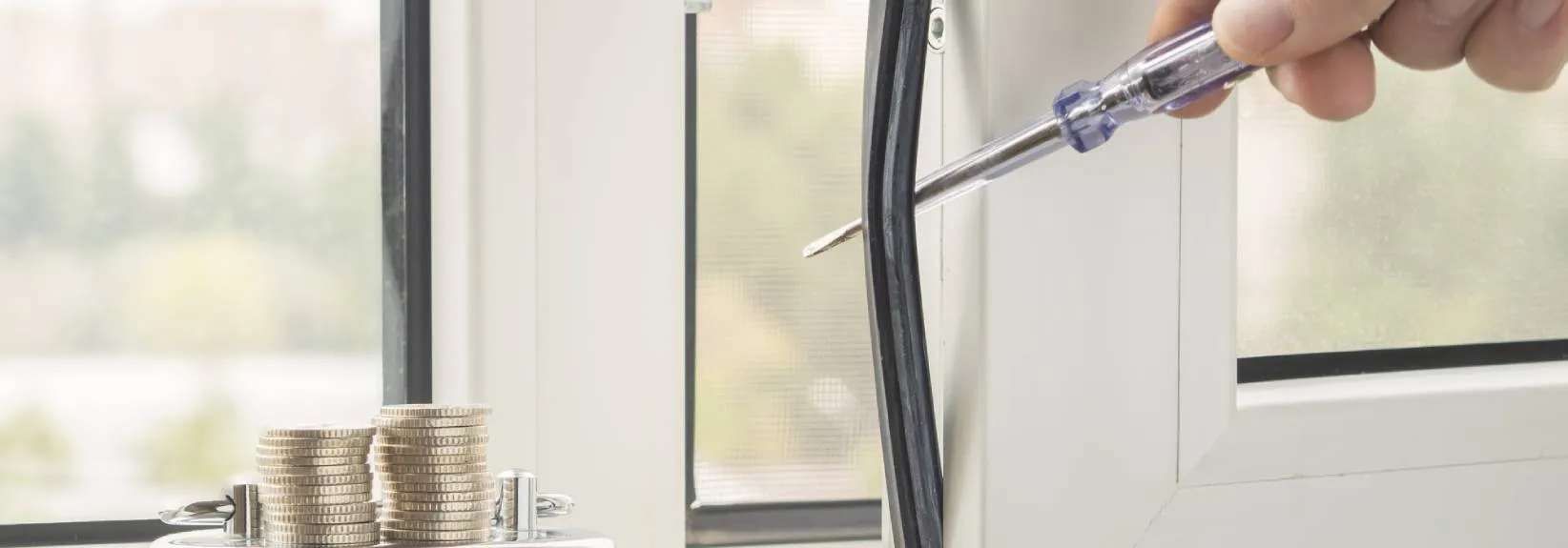Easy Ways to Detect Air Leaks in Your North America Home
A leaky house is considerably less energy efficient than a correctly sealed one. Being familiar with how to detect air leaks in your house, sealing those leaks and scheduling a home energy assessment when warranted can help you create a relaxing living environment and reduce your energy bills.
Detecting Air Leaks from Inside Your Home
Start your air leak inspection on the interior. Here are four effective ways for finding air leaks in your house:
- Conduct|Perform|Carry out} a detailed visual inspection, looking for gaps and cracks around windows, doors, electrical outlets and baseboards. Pay extra attention to the corners of rooms, because gaps can often be found there.
- Hold your hand around potentially leaky locations on a cold or windy day. If you sense a draft, you’ve discovered an air leak.
- Do a smoke test by lighting an incense stick or smoke pen. Then, slowly move it near the edges of windows, doors and other potential problem areas. If an air leak is present, the smoke will blow around or get sucked toward the gap, exposing the location of a leak. The smoke test is most effective when done on a windy day.
- Employ an infrared thermometer or thermal camera to detect temperature differences around your home. These devices help you detect sections of your home with major temperature variations, which often are caused by air leaks.
Detecting Air Leaks from Outside Your Home
Inspecting the home’s outdoor structure can also uncover potential leaks. Here are two strategies for detecting air leaks from the outside:
- Conduct a visual inspection, paying close attention to corners and places where different materials meet. Search for gaps or cracks that could lead to air leaks, as well as damaged caulk or weatherstripping and poorly sealed vents and exhaust fans.
- Perform the garden hose test on a chilly day. This is where someone sprays water from a garden hose onto the building’s exterior while another person stands inside near a suspected air leak. If there’s a leak, the person inside really should feel cold air or moisture getting into through the gap.
Sealing Air Leaks
After pinpointing major air leaks, it’s time to address the issue. Here are the best methods for sealing air leaks in your home:
- Apply caulk to seal small gaps and cracks around windows, doors and other areas where air is escaping. Pick a quality, long-lasting caulk made for indoor or outdoor use and the specific materials you’re using to ensure a durable seal. Follow the manufacturer’s guidelines for correct application and curing time.
- Apply weatherstripping to doors and windows to help them close tightly. Various types of weatherstripping are available, such as adhesive-backed foam tape, V-strip and door sweeps. Select the ideal style for your needs and follow the installation recommendations.
- Use expanding foam to fill and seal larger gaps and holes. Expanding foam is sold in a can with a spray applicator for simple application in hard-to-reach areas. Wear protective gloves and adhere to the manufacturer’s instructions to make sure you use them carefully.
- Add insulation to newly sealed walls and attic floors to further reduce heat transfer. Even when you already have some insulation, consider upgrading to a higher R-value or adding more insulation where it’s currently lacking.
- Add door sweeps along the bottom of outside doors to restrict drafts. Door sweeps are offered in various materials and models to meet your needs and aesthetic preferences.
Considering a Comprehensive Home Energy Assessment
A home energy assessment is invaluable for spotting sneaky air leaks and locating areas of improvement. A professional energy auditor performs this inspection, which consists of the following:
- A blower door test entails installing a temporary door with a powerful fan over an exterior door opening. The fan pulls air out of the house, lowering the interior air pressure and drawing in outside air through unsealed openings. This test measures your home’s air tightness and makes thermal camera images more pronounced.
- Infrared imaging helps the energy auditor locate temperature discrepancies in the walls, floors and ceilings, revealing hidden air leaks and insulation inadequacies.
- A combustion safety test makes sure your home heating system, water heater and other combustion appliances are operating safely and efficiently, lowering the risk of potentially dangerous carbon monoxide buildup.
- A homeowner interview is when the energy auditor discusses your energy usage habits, home maintenance history and comfort issues to learn additional energy-saving opportunities.
Schedule a Comprehensive Home Energy Assessment
While doing your own air leak tests is a good jumping off point, talking everything over with a professional is far more thorough. Service Experts Heating & Air Conditioning can help you improve your home’s air tightness with a comprehensive home energy assessment and customized solutions to maximize effectiveness and comfort.

